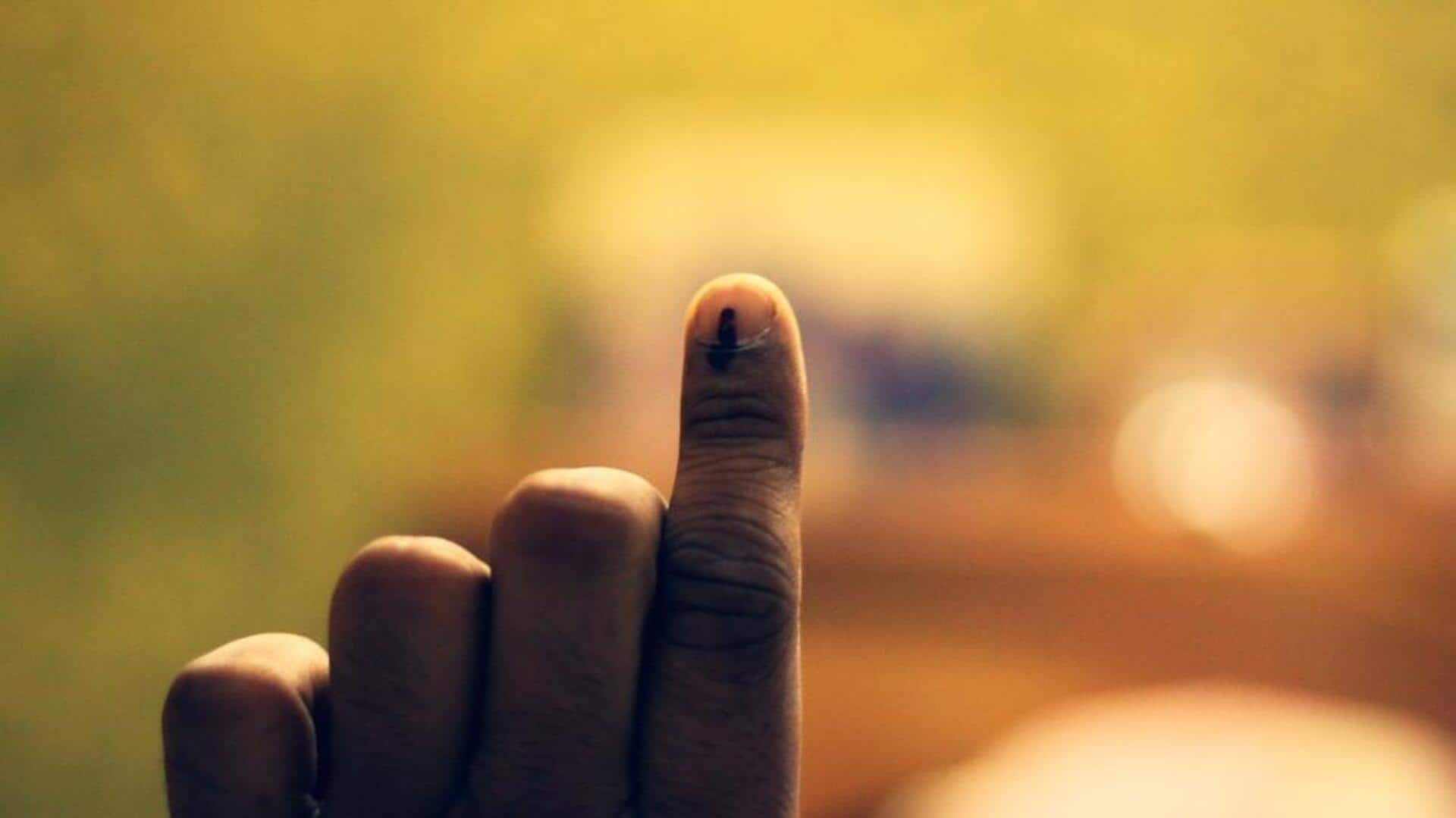
Why India has low voter turnout (and strategies to overcome)
What's the story
In this delicate dance of democracy, the lower voter turnout in Indian elections appears not just as a statistical anomaly but also as a narrative thread that binds the nation's political fate. The ongoing election season is no different, with voter turnout hitting lower than it did in 2019. Here's why you need to show up, vote, and encourage others to do the same.
Effect
Let's understand what happens when the voter turnout is low
Low voter turnout increases the likelihood that only a small and perhaps unrepresentative segment of the population will make choices. High voter turnout, on the other hand, results in a more involved pool of elected officials. It guarantees that a wider range of community perspectives are heard, which helps to create a government that's more responsive and inclusive. Hence, your vote matters!
Statistics
The voter turnout in Phase 1,2 of elections this year
This year, Phase 1 of the 18th Lok Sabha Election saw 65.5% of voters cast ballots, which is 4% fewer than in 2019. On Friday, 66.7% of voters cast ballots in the second round, which included 88 constituencies. This is about 3% fewer than the 69.64% of voters who were registered to vote in 83 of these seats in 2019.
Information
Shocking enough, metropolitan cities showcase a consistently low voter turnout
The Election Comission (EC) notices that low voter turnout trend has been consistent in metropolitan cities. According to electoral officials, this urban apathy is a result of people's "nothing will change" belief, which is causing them to lose interest in exercising their right to vote.
Reasons
Common obsctacles voters face that lead to low voter turnout
There are several factors that have constituted to a low voter turnout in India across states. Topping the list are complex voter registeration process, lack of political awareness, time constraints, and language barriers. Low voter turnout reasons also pertain to political instability due to politicians switching parties, accessibility for people with disabilities, long waiting times, long distances to polling places, misleading information, and heatwave.
Solutions
How to overcome these obsctacles to increase voter turnout
Highlighting how elections directly affect local communities, informational campaigns may be utilized to inform voters about their rights. Easing voter registeration and making polling stations accessible for all is helpful. Offering rewards or acknowledgment can do wonders. This might entail forming alliances with nearby companies to provide voters with deals or freebies on election day after they have cast their vote.
Information
More solutions that can help
Local government representatives can work with educational institutions to plan voter registration efforts on campuses and include civic teaching into curriculum. Other ways that can help increase voter turnout include leverging the power of social media to create online voting polls and sending voting reminders.